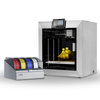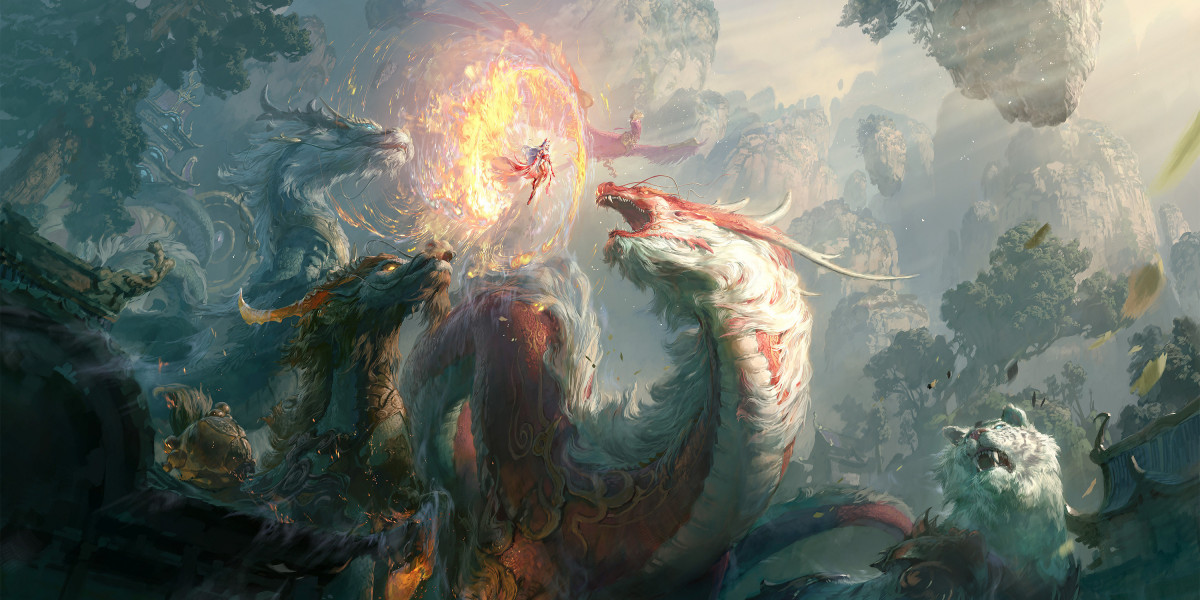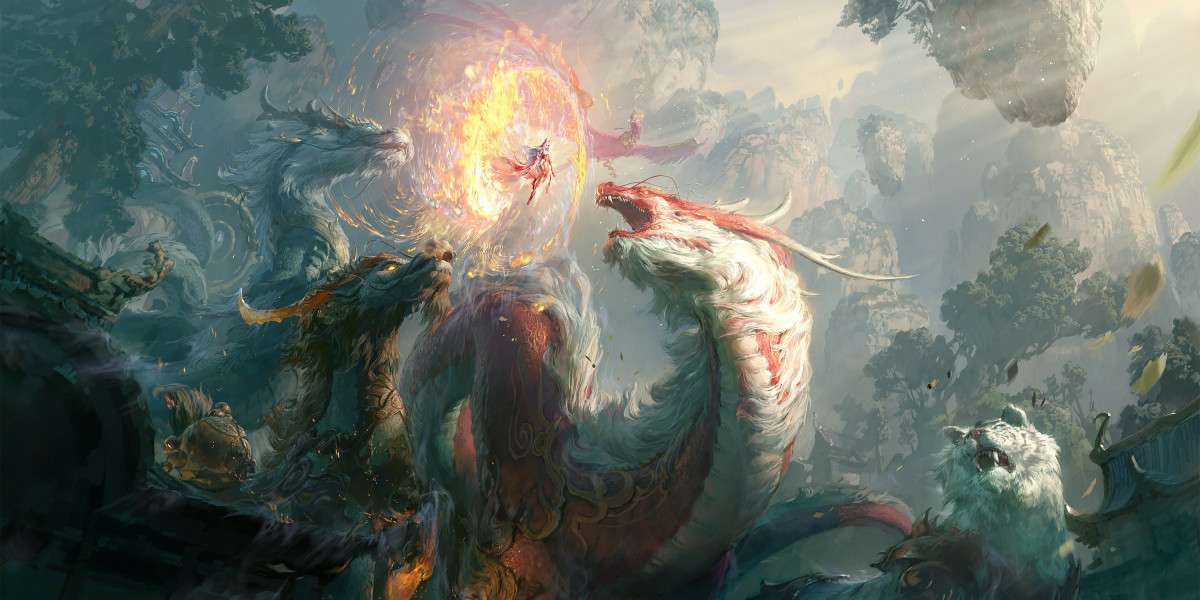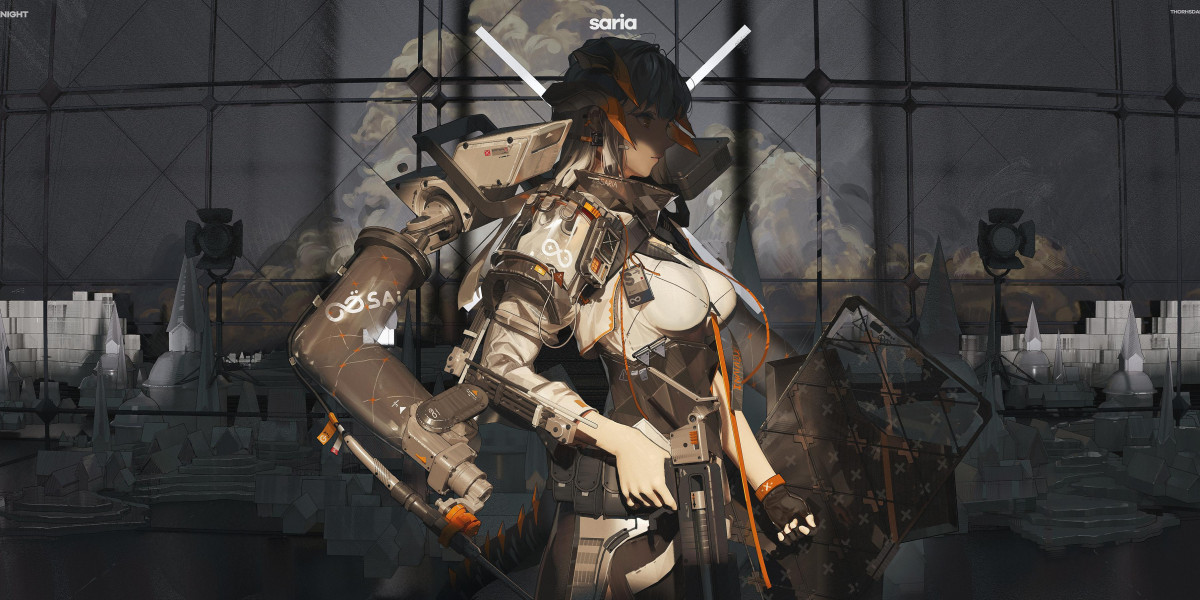Unlock Your Creativity: Transform Your World with a Multi-Color 3D Printer!
In recent years, multi-color 3D printing has surged in popularity, capturing the imagination of hobbyists, artists, and professionals alike. This innovative technology allows users to create intricate designs with vibrant colors, making it a game-changer in fields ranging from prototyping to artistic expression. Whether you're a seasoned designer or a curious beginner, multi-color 3D printers can significantly enhance your creative potential. In this article, we'll guide you through the essential considerations for purchasing a multi-color 3D printer and the materials you'll need to bring your ideas to life.

Understanding Multi-Color 3D Printing
Multi-color 3D printing utilizes advanced technology to produce objects with more than one color, leading to more dynamic and visually appealing creations. The most common printing methods include Fused Deposition Modeling (FDM) and Stereolithography (SLA). FDM printers extrude melted plastic filament layer by layer, allowing for the use of different colored filaments to create a multi-hued final product. In contrast, SLA printers use a laser to cure liquid resin into solid form, which can also be dyed or mixed with pigments for color variation. The main advantage of using multi-color printers over single-color counterparts is the ability to produce complex designs with a depth of color that can communicate ideas more effectively, whether for functional prototypes or artistic sculptures.
Choosing the Right Multi-Color 3D Printer
When selecting a multi-color 3D printer, several key factors come into play. First, consider the print quality. High-resolution printers produce finer details that can truly showcase the nuances of your design. Speed is another important aspect; a printer that combines quality with efficiency can save you valuable time. Compatibility with various materials is crucial as well—some printers are limited to specific types of filament or resin, while others offer a broader range that allows for greater experimentation.
User interface and ease of use should not be overlooked, especially if you're new to 3D printing. Intuitive controls can enhance your experience and reduce the learning curve. Additionally, there are different types of multi-color printers available, including those that use multiple extruders for filament printing or those that support color mixing technologies. Understanding these options will help you make an informed decision that aligns with your creative goals.
Materials for Multi-Color Printing
The success of your multi-color prints largely depends on the materials you choose. For FDM printers, various filaments are available, including PLA, ABS, and PETG, each offering different properties such as flexibility, strength, and ease of use. PLA is popular for its eco-friendliness and vibrant color options, while ABS is favored for its durability. When it comes to SLA printers, resins are the primary material, and they come in multiple colors and finishes. It's essential to understand how each material affects the final print quality and color vibrancy. For instance, some filaments may produce brighter colors, while others may yield more muted tones, impacting the overall aesthetics of your work.
Tips for Successful Multi-Color Printing
To achieve the best results with multi-color printing, consider the following practical tips. Calibration is key—ensuring that your printer is accurately set up can prevent many common issues. Regular maintenance of your printer will ensure it operates smoothly, prolonging its lifespan and improving print quality. Design considerations are also important; prepare your designs with the printing process in mind to avoid color bleeding or misalignment. Additionally, be aware of common challenges such as filament jams or incorrect color mixing. Troubleshooting these issues with patience and creativity can lead to impressive outcomes in your multi-color printing journey.
Embrace Your Creative Journey with Multi-Color Printing
Investing in a multi-color 3D printer opens up a world of creative possibilities, allowing you to transform your ideas into colorful realities. From understanding the technology behind multi-color printing to selecting the right printer and materials, you are now equipped with valuable insights to guide your purchasing decisions. As you embark on this exciting journey, remember that the potential for innovation and artistic expression is at your fingertips. Explore the available options, unleash your creativity, and let your multi-color printing adventures begin!








